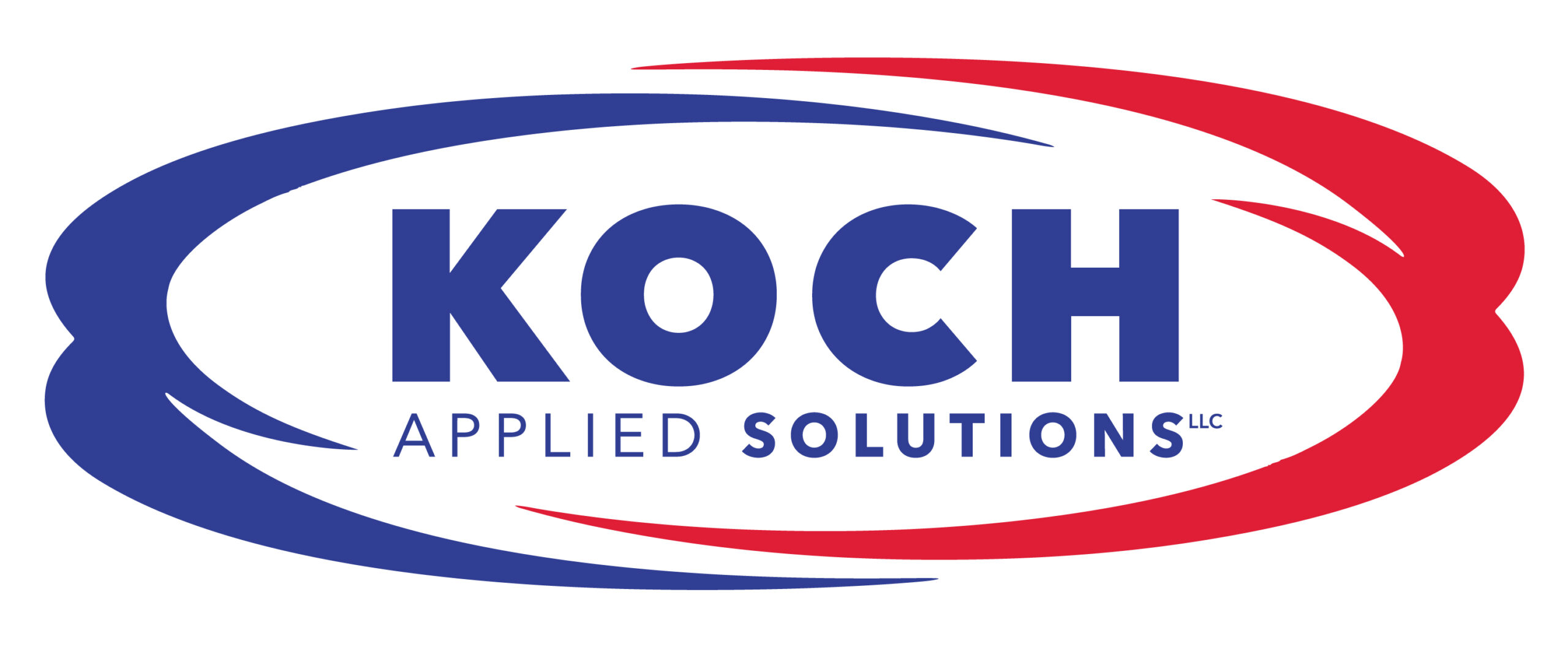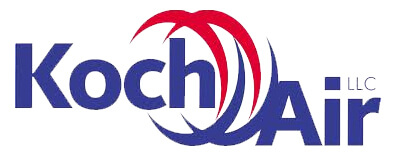
Solving Problems with FRP Piping: Upgrades and New Builds
For facility upgrades, replacing aging metal or concrete piping with FRP can eliminate recurring issues like rust, corrosion, and leaks. Traditional materials often degrade under harsh conditions such as chemical exposure in processing plants or saltwater in marine settings, leading to downtime and repair costs. FRP’s corrosion resistance and durability mean you can retrofit systems with confidence, extending the lifespan of your infrastructure without constant upkeep. Its lightweight design also simplifies installation in tight or complex spaces, minimizing disruption to ongoing operations.
In new construction, FRP piping offers a dependable, and also proactive choice. By integrating it into your design from the beginning, you can avoid many of the pitfalls of traditional materials. Its customizable nature allows you to design piping systems to your exact specifications. Whether you need specific diameters, pressure ratings, or resin types to handle unique fluids or environments, FRP piping has options for your project. Additional advantages include reduced weight that cuts transportation and labor costs, speeds up project timelines and keeps budgets in check. For both retro fits and new construction, FRP offers a combination of practicality and performance that traditional piping can’t match.
Why FRP Stands Out: 4 Key Benefits for Industrial Use
- Lasting Corrosion Resistance
Traditional steel pipes rust, concrete erodes, and both require frequent intervention. FRP piping, however, thrives in punishing conditions—acids, alkalis, saltwater, and extreme temperatures don’t faze it. This makes it a game-changer for industries where corrosion is a constant threat, saving you from the headaches of premature failures and unplanned outages. - Lightweight Without Compromising Strength
At a fraction of the weight of steel or concrete, FRP piping is easier to transport, handle, and install. Don’t let its lightness fool you—it boasts a high strength-to-weight ratio, capable of withstanding significant pressure and mechanical stress. For contractors, this means less reliance on heavy machinery and faster, safer installations—whether you’re working on a local industrial site or a remote location. - Durability and Long Service Life
FRP’s resilience translates to lasting performance with minimal maintenance. Unlike metal pipes that weaken over time or concrete that cracks, FRP holds up under heavy loads and tough environments. For facility managers, this means fewer repair crews, less downtime, and a lower total cost of ownership. - Cost and Sustainability
While the upfront cost of FRP may be comparable to traditional materials, its longevity and low maintenance needs drive significant savings over time. Also, FRP’s production has a lighter environmental footprint, and its durability reduces waste from replacements. It’s a choice that aligns with both your bottom line and greener industrial practices.
Ideal Applications and Industries for FRP Piping
FRP piping is a versatile fit for a range of demanding environments. It’s well-suited for chemical processing plants, where corrosive fluids are used, and wastewater treatment facilities, where exposure to moisture and chemicals is continuous. Power generation plants benefit from its ability to handle high-pressure systems, while oil and gas operations, especially offshore, rely on its resistance to saltwater and harsh weather. Even pulp and paper mills and food processing facilities benefit from FRP’s adaptability and compliance with sanitary standards when properly specified.
FRP Piping is an excellent fit for applications that involve:
- Aggressive chemicals
- Extreme temperatures
- Rigorous mechanical demands
- Coastal installations
- Acidic soil conditions
- Systems carrying abrasive slurries
Lathrop Trotter Is Your Source for FRP Piping
If you’re weighing options for your next piping project, FRP offers a solid choice with unmatched durability, cost savings, and a sustainable edge. For upgrades, it provides a solution for chronic problems; for new construction, it’s a foundation for efficiency and reliability.
To explore how FRP piping can work for your facility or construction plans, turn to the experts at Lathrop Trotter. As a trusted partner for Universal Blastco, a leading manufacturer of dependable FRP piping, our team can guide you through selection, customization, and implementation. Contact Lathrop Trotter today to see how FRP can elevate your industrial infrastructure.
Questions? Your Lathrop Trotter sales engineer can help! Contact Us



